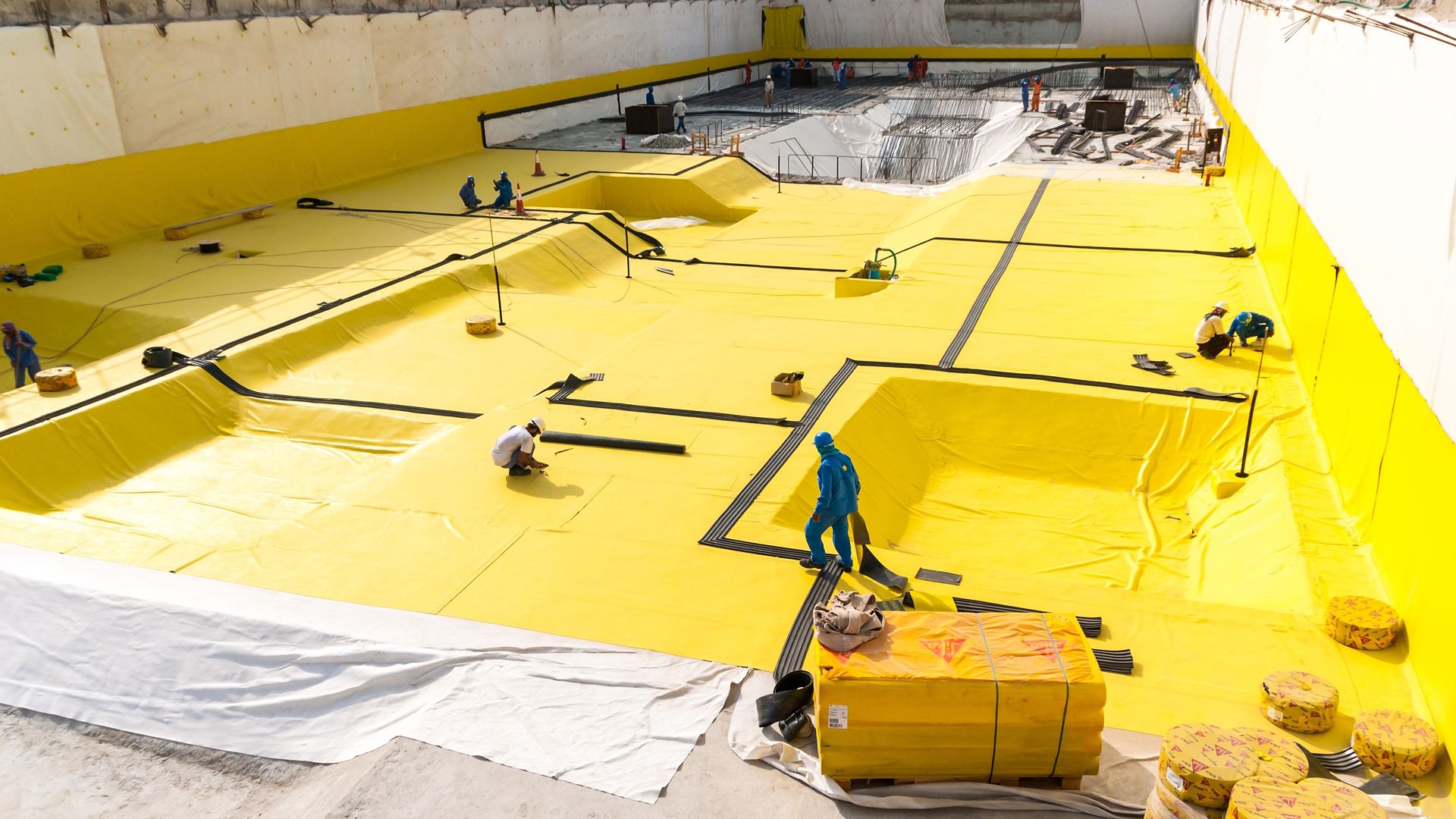Living through a flood can be devastating, leaving not only structural damage but also emotional stress. Once the floodwaters recede, many property owners and landlords are left wondering what to do next. One of the most important steps in the recovery process is waterproofing. Implementing this measure not only shields your home from future water intrusion but also protects your investment and ensures the safety of your family.
Waterproofing is necessary for all home and structure, as it serves as a barrier against moisture that can lead to mold, mildew, and structural damage. Understanding the various aspects of waterproofing can reduce your costs thousands in repairs down the line. Whether you are contending with a basement that needs protection or a roof that requires attention, understanding how to properly waterproof your property is crucial to preventing future issues. In this guide, we will discuss the importance of waterproofing, the indicators that indicate your property needs it, and the best practices for maintaining your space dry and safe.

Why Waterproofing Matters
Waterproofing is a vital aspect of maintaining the integrity of homes and commercial structures. It serves as a protective barrier against water intrusion, which can cause significant damage over the years. Without appropriate waterproofing measures, properties are at risk of facing water leaks, mold growth, and foundation issues. These issues can compromise a property's integrity and drastically lower its market value. Therefore, focusing on waterproofing should be a primary focus for property owners and builders alike.
Furthermore, the potential financial savings that waterproofing brings is notable. Water damage repairs can be exceptionally costly, often running into tens of thousands of currency. By adopting robust waterproofing solutions from the start, property owners can avoid costly fixes and updates down the track. This proactive approach not only defends the property but also helps with budgeting and long-term economic planning.
Furthermore, waterproofing enhances the overall livability and hygiene of the living space. Helpful hints lead to unpleasant odors and can create conditions that promote mildew development, which pose health risks. A effectively waterproofed home ensures better indoor air quality and enhances insulation performance by preventing unnecessary dampness from affecting insulation and heating systems. In conclusion, waterproofing is not just about preserving your asset; it directly impacts the quality of life for the occupants.
Common Water-proofing Techniques
A popular widely adopted waterproofing methods is the application of liquid waterproofing membranes. Such membranes are typically made from tar or polyurethane and can be deployed to different surfaces including roofs, walls, and foundations. Upon application, they create a unbroken barrier that effectively prevents water infiltration. Liquid membranes can be used for both modern constructions and in the case of updating older structures, making them a adaptable choice for waterproofing.
A further popular approach is the use of panel membranes. These pre-manufactured sheets are typically made from materials like rubberized asphalt or polyethylene. They are installed over surfaces in a method that overlaps joints, providing uninterrupted protection against water penetration. Sheet membranes are particularly effective for waterproofing below-grade applications, such as basement walls, and are preferred for their durability and ease of installation. This method is vital in protecting structures from groundwater and hydrostatic pressure.
For spaces that are susceptible to moisture, such as bathrooms and kitchens, waterproof coatings and paints serve as an effective solution. These coatings are designed to form a waterproof barrier on surfaces, preventing moisture from seeping through. They can be applied to walls, floors, and even ceilings in wet areas. Furthermore, specialized waterproofing products are now available that are engineered to resist mold and mildew, making them ideal for environments where water exposure is regular.
Choosing the Best Waterproofing Options
Choosing the best waterproofing solution for your property is crucial to guarantee effective protection against water damage. The initial step is to analyze your particular requirements, considering aspects like the site of the structure, the amount of moisture exposure, and prior water damage incidents. For instance, basements may demand a alternative approach in contrast to roofs or toilets. Recognizing these elements will lead you on the most suitable waterproofing strategies and materials.
Consider the different types of waterproofing accessible, including interior and exterior solutions. Interior waterproofing is usually less complicated and less expensive, concentrating on sealing leaks and stopping moisture intrusion within the building. However, exterior waterproofing may be essential for long-term protection, especially in areas prone to flooding. It's crucial to evaluate the pros of each solution and pick one that corresponds with your property’s specific challenges.
In conclusion, when in doubt, discussing with professionals can be a helpful step. Expert contractors can examine your circumstance, offer customized recommendations, and guarantee the decided waterproofing option is applied accurately. Their expertise can help you prevent common errors and ensure that your investment in waterproofing yields lasting protection and tranquility.
